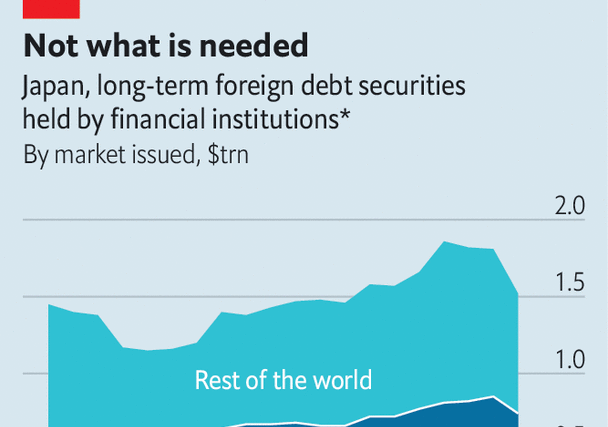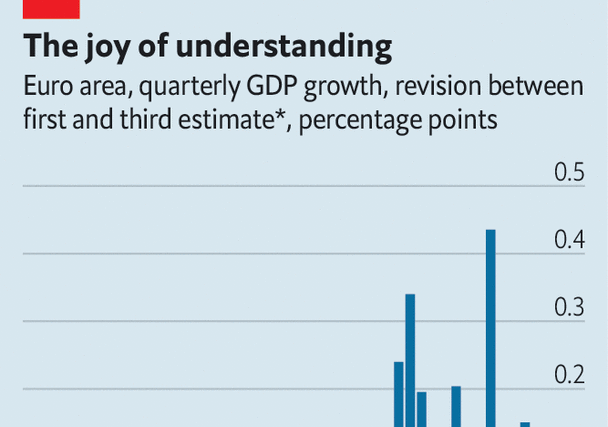Scammers are increasingly deriving great profits through identity fraud targeted towards the gaming industry. Their use of bots to automate their activities multiplies the threat such that the problem risks getting out of hand. However, as Lars Seier Christensen explains, there is a way that games developers can throw a hefty spanner into the fraudsters’ nefarious works.
In the first quarter of 2022, the gaming industry witnessed a significant – almost exorbitant – rise in online attacks1 compared to the last quarter of 2021; 260 per cent more, to be precise, matched with an 85 per cent increase in fake account registrations. The 2022 Q2 State of Fraud and Account Security report2 detailed how the fraudulent trend has been steadily growing in the last year, with the “ROI for launching cyber attacks or committing online fraud larger than ever before”. Almost all (99 per cent) of these attacks1 are entirely automated (as in: operated with bot accounts), with fake new account fraud accounting for 87 per cent of attacks1 and the vast majority of these (88 per cent) being directed1 at the gaming, technology, and financial services industries.
When it comes to gaming, specifically, cybersecurity experts Imperva estimate that scammers tackling battle royale game Fortnite players alone made over $93,000 in a single month3 and, sticking to the most conservative estimates from Arkose Labs,1 some of the top-earning scammers could be making more than $7.4 million a year.
These figures tell the story of a startling, and slightly terrifying, trend.
The gaming industry has always been an attractive target for scammers, but it appears it might now be on the verge of losing any semblance of control it had over them. Bots can truly and cruelly ruin a gameʼs in-app economy,4 growing to affect the entire industry by damaging brand after brand, and experience after experience. Naturally, the financial aspect is important: gaming companies are on a mission to recoup their losses from scammers, prevent future ones, and protect their players from foul play. But interestingly enough, the reputational damage that scammers and bots can inflict on these companies might be so great as to even outweigh the monetary damage in question.
Being able to ensure a bot-free gaming experience, and an uncompromising position towards fraudulent activity, could go a long way. In fact, it could be key to player satisfaction and long-term success. But how can gaming companies take a stand against scammers?
By making use of another trend thatʼs been on the rise over the past few years, albeit for very different reasons: blockchain.
Forget the buzzwords, the hype, the mouth-watering price points weʼve seen NFTs reach in 2021. Forget everything you thought you knew about Web3, and believe me when I say that understanding blockchain and the innovations it can bring about will be key to transforming industry after industry.
Gaming companies need to know that the user on the other end is a real, verified person, but that person also needs to have their ID remain somewhat private. This can easily – and only – be done with an ID framework at the protocol level of a trusted, public chain, with all the benefits of a private one. Concordium,5 a science-backed blockchain designed specifically with the intent of balancing privacy with accountability, is a perfect example of this. By integrating a blockchain-based ID layer into their games, gaming companies can protect their users by ensuring they verify their identity. The protocol-level ID can ensure that every wallet is associated with a real-world identity which, in turn, has been verified through a third-party ID provider. This way, people can maintain their privacy while increasing their level of trust in the whole process.
The gaming industry has always been an attractive target for scammers, but it appears it might now be on the verge of losing any semblance of control it had over them.
Of course, this is also an easy and smooth way of complying with industry regulations, but also a way of facilitating a safe and secure environment for the gamers propping up the industry, who deserve better than having to deal with the aforementioned alarming bot figures – not to mention probably a more enjoyable environment, too!
By tying playersʼ assets and any sums they might earn through gaming to a decentralised identity, gaming companies can incentivise safe and secure play while ensuring that the value remains transferable within different virtual worlds, as it remains tied to the identity, not the game itself. The whole idea behind Web3 is that, eventually, the physical and the virtual world will converge into one, so the kind of thinking we are talking about is far from irrational, if maybe a little premature. Say a particular game gets sold, deleted, hacked, or otherwise tampered with. The player’s identity would simply retain everything they’d accumulated on that game, and they would be able to transfer it to a different virtual space. It’s the equivalent of a single Web3 identity that you could use to log into different social media platforms, different gaming sites, different metaverses, and so on.
But let’s not get distracted by grandiose plans, because the reality of blockchain remains pretty straightforward. When properly designed, blockchain simply represents a way to have all the data you need in one place in a way that is public, transparent, 100 per cent secure, and demonstrably so.
Gaming companies need to know that the user on the other end is a real, verified person, but that person also needs to have their ID remain somewhat private.
Create a registry of who owns which data at any point in time, make the data immutable, and get ready to witness a revolution – it’s almost elementary. Because in any industry dealing with age restrictions and age checks, such as the gaming industry, a unique ID at the protocol level is highly relevant and could be utilised to revolutionise entire spaces. That will not cease to be the case even if the craze over NFTs and Web3 products slows or dies down anytime soon.
About the Author
 Lars Seier Christensen is Chairman of the Swiss non-profit Concordium Foundation. With over 30 years of experience across the banking and financial sector, Seier Christensen is a global pioneer in FX and derivatives trading, having co-founded the online trading and investment platform Saxo Bank in 1992. He served as co-CEO of Saxo Bank for more than 20 years, in which time the bank grew to 1,500 employees across 150 locations, serving customers in 170 countries. SaxoTrader, the bank’s flagship online trading offering, was launched in 1998 and was one of the first online FX trading platforms in the world. SaxoTrader has since grown to become one of the world’s most complete multi-asset trading platforms. He is also the founder and sole owner of Seier Capital, a private equity and venture capital firm which specialises in investments in angel, seed, and A-round stage companies. The firm invests in art & fashion, financial services, food and beverages, sports & entertainment, social media, and technology industries.
Lars Seier Christensen is Chairman of the Swiss non-profit Concordium Foundation. With over 30 years of experience across the banking and financial sector, Seier Christensen is a global pioneer in FX and derivatives trading, having co-founded the online trading and investment platform Saxo Bank in 1992. He served as co-CEO of Saxo Bank for more than 20 years, in which time the bank grew to 1,500 employees across 150 locations, serving customers in 170 countries. SaxoTrader, the bank’s flagship online trading offering, was launched in 1998 and was one of the first online FX trading platforms in the world. SaxoTrader has since grown to become one of the world’s most complete multi-asset trading platforms. He is also the founder and sole owner of Seier Capital, a private equity and venture capital firm which specialises in investments in angel, seed, and A-round stage companies. The firm invests in art & fashion, financial services, food and beverages, sports & entertainment, social media, and technology industries.
References
- “Gaming companies see 260% more online attacks, 85% increase in fake account registrations in Q1”. Yogonet Gaming News. 10 October 2022. https://www.yogonet.com/international/news/2022/06/07/62916-gaming-companies-see-260–more-online-attacks–85–increase-in-fake-account-registrations-in-q1.
- “Q2 State of Fraud and Account Security”. Yogonet Gaming News. https://www.yogonet.com/uploads/docs/2022-Q2-State-of-Fraud-and-Account-Security-Report.pdf.
- “Fortnite Scammers Approaching $1m in Annual Takings”. Imperva. 26 July 2018. https://www.imperva.com/blog/fortnite-scammers-approaching-1m-in-annual-takings/.
- “Winning against bots: How gaming apps can fight back”. Venture Beat. 23 April 2019. https://venturebeat.com/games/winning-against-bots-how-gaming-apps-can-fight-back/.
- Concordium. https://concordium.com/.




The Most Read
Сryptocurrencies
Bitcoin and Altcoins Trading Near Make-or-Break Levels
Financial crimes
Thieves targeted crypto execs and threatened their families in wide-ranging scheme
Financial crimes
Visa Warning: Hackers Ramp Up Card Stealing Attacks At Gas Stations
News
Capitalism is having an identity crisis – but it is still the best system
Uncategorized
The 73-year-old Vietnamese refugee is responsible for bringing Sriracha to American consumers
Uncategorized
Electric Truckmaker Rivian, Backed By Amazon, Ford, Raises Whopping $1.3 Billion